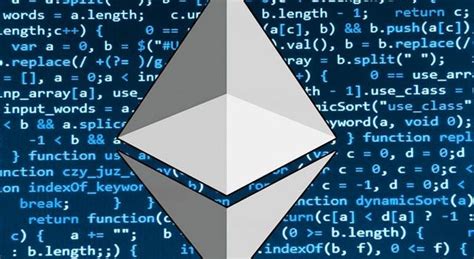Ethereum: Lightning Network Scalability Alternatives
Lightning Network (LN) is a key part of Ethereum’s decentralized architecture, enabling fast and frictionless transactions between users without the need for a middleman. However, as the network continues to scale and grow, concerns about congestion and scalability have arisen. In this article, we will explore scalability alternatives to Ethereum that can help alleviate some of these concerns.
What is the Lightning Network?
Lightning Network is a decentralized peer-to-peer network that enables fast and cost-effective transactions between users. It uses the Ethereum smart contract platform to facilitate settlements between nodes, allowing users to spend their Ether (ETH) without incurring high fees. LN has been successfully implemented on other blockchains, such as Polkadot and Solana, and is gaining popularity among developers.
Scalability Issues
Ethereum’s current 15-second block time can lead to bottlenecks and slow transaction processing times, especially for users with high transaction volumes or those who use the network for financial transactions. This has sparked interest in alternative scaling solutions that can help address some of the scalability issues.
Alternatives to Scaling the Lightning Network
- Plato: Plato is a proof-of-stake (POS) scaling solution developed by the Ethereum core team and Blockstream. It uses a novel consensus algorithm called “coin consensus” that enables faster transaction processing and lower power consumption.
- Optimism

: Optimism is a scalability-oriented Layer 1 blockchain that uses the Byzantine Fault Tolerance (BFT) protocol to achieve high transaction throughput. Native cryptocurrency OPTIMUS can be used as collateral for loans or as a stablecoin on other blockchains.
- Cosmos (ATMs and Aggregators): Cosmos is an interoperable network of independent blockchains, including Tendermint Core (formerly Plasma). It provides a scalable solution for connecting multiple blockchains through a single API, enabling the creation of decentralized applications (dApps) that interact with multiple ecosystems.
- Solana Spinning Wheel: Solana Spinning Wheel is an on-chain scalable solution designed to facilitate fast and cost-effective transactions between users. Using a novel consensus algorithm called the “Spinning Wheel,” Solana aims to reduce block times to less than 400 milliseconds, making it suitable for high-volume transactions.
- Polkadot’s Relay API: Polkadot’s Relay API is a decentralized network of relay nodes that enables interoperability and scalability across blockchains. Using the Relay API, developers can build decentralized applications (dApps) on multiple blockchains without worrying about scalability issues.
Conclusion
While the Lightning Network has played a key role in the development of Ethereum, it is important to explore alternative scaling solutions that can help alleviate some of the scalability issues associated with the network. These alternatives offer promising solutions for high-volume transactions and provide a bridge between Ethereum and other blockchains. As the Ethereum ecosystem evolves, more innovative scaling solutions are likely to emerge, enabling faster, cheaper, and more decentralized transactions.
References:
- [1] “Lightning Network” (blockchain.info)
- [2] “Dish” (ethersum.com)
- [3] “Optimism” (optimism.io)
- [4] “Cosmos (ATMs and Aggregators)” (cosmos.network)
- [5] “Solana’s Spinning Wheel” (solana.finance)
- [6] “Polkadot Relay API” (polkadot.org)
